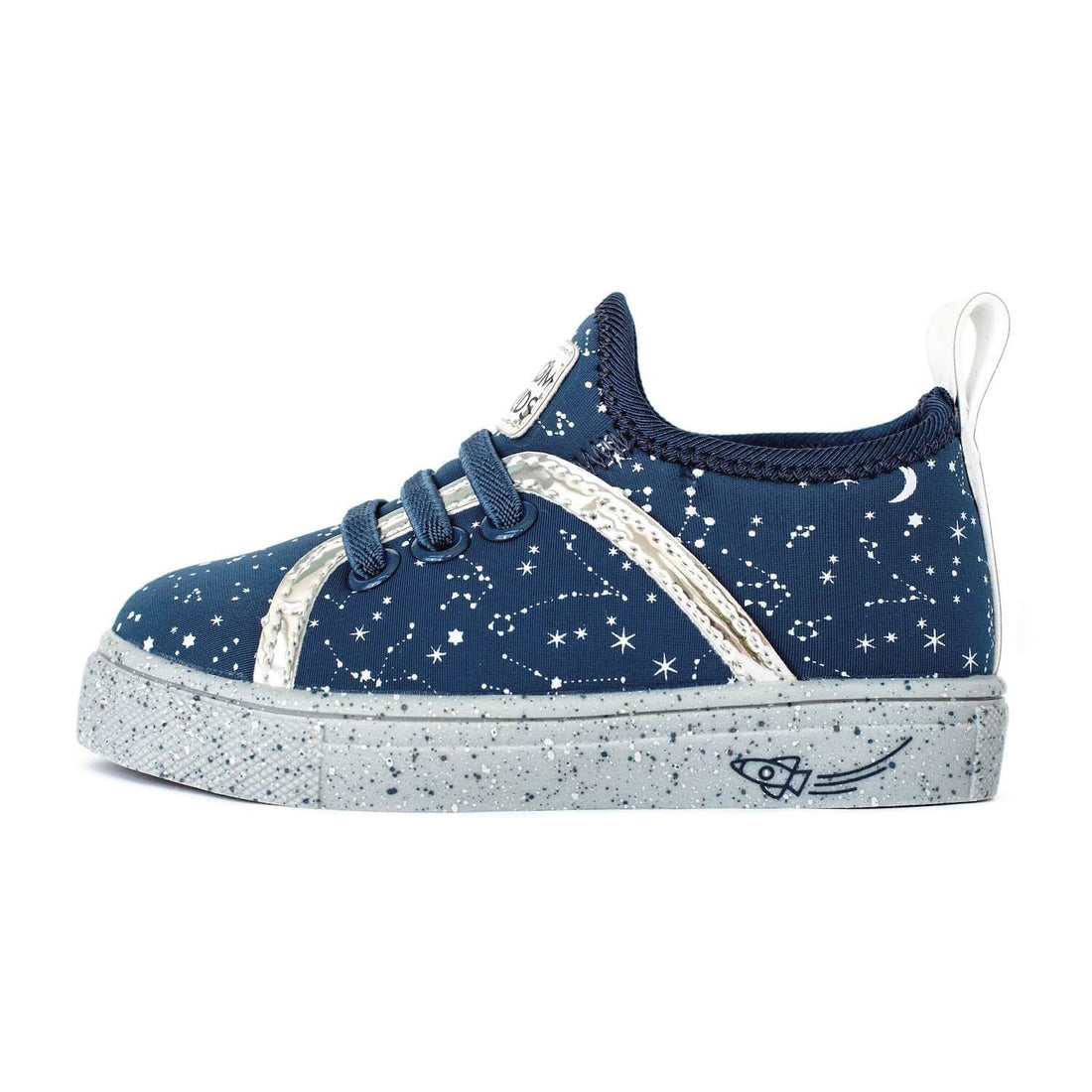Did you know that the largest glacier in the world is called the Lambert-Fisher Glacier in Antarctica? It is 250 miles long and 60 miles wide!
There are glaciers on every continent in the world besides Australia, proving that glaciers aren’t just at the North and South Pole. Today, glaciers cover about 10% of the Earth. During the last ice age about 26,000 to 19,000 years ago, glaciers covered 32% of the Earth!
Glaciers move relatively slowly, which means if you stared at one, you wouldn’t really see it moving like you would a river or an animal. However, glaciers can move up to 50 feet a day or more! Even though glaciers are mostly made up of snow and ice, they appear blue. That’s because of how air bubbles and ice crystals are formed in different layers of the glacier. They reflect blue light instead of absorbing it, which makes them look blue.
The word “glacier” comes from the Old French word for ice, “glace,” which is pronounced like “glah-say.” The Latin word “glacies” also means ice and comes from the root “gel” which means “to freeze.”











